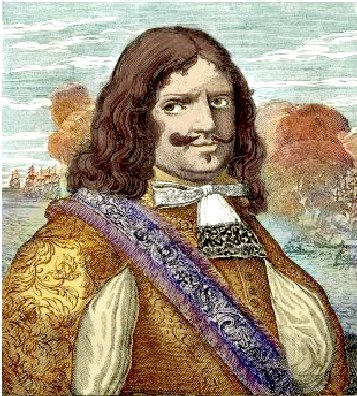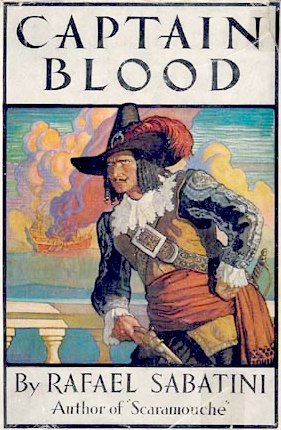|
CAPTAIN SIR HENRY MORGAN
Please use our A-Z INDEX to navigate this site or return HOME
|
|
Sir Henry Morgan
Captain Henry Morgan was a privateer in the Buccaneering era knighted by King Charles II of England.
In those days, Caribbean islands, under the control of the British government, depended largely on the privateers for the collection of revenue. Thus, in reality, privateers were government-sponsored individuals. They raised their fleet of ships using government money. These privateers regularly attacked Spanish colonies located in and around the Pacific Ocean and plunder their wealth. The respective governing authority of the islands issued a license called a letter of marque to these privateers. This license authorized the privateers to attack and snatch the ships belonging to some specific country. In return, the privateers gave a substantial portion of the loot to the license issuing authority.
Sir Henry
(c. 1635 – 25 August 1688) later became a plantation owner, Lieutenant Governor of
Jamaica. From his base in
Port
Royal, Jamaica, he raided settlements and shipping on the Spanish Main, becoming wealthy as he did so. With the prize money from the raids he purchased three large sugar plantations on the island.
Morgan raided Spanish colonies of Trujillo, Granada, and Vildemos during the late 1663 and early 1664. He along with fellow captain Jacob Fackman and John Morris came back to Port Royal, Jamaica with shiploads of valuables. During 1664, the relation between the English and the Dutch worsened. As a result, the British colonial government of the Caribbean’s started issuing letters of marque against the Dutch. The Second Anglo-Dutch war took place between 1665 and 1667. Morgan led the invasion of Dutch colonies of the Caribbean’s as second in command during this period.
When diplomatic relations between the Kingdom of England and Spain worsened in 1667, Modyford gave
Henry
Morgan a letter of marque, a licence to attack and seize Spanish vessels. Morgan subsequently conducted successful and highly lucrative raids on Puerto Principe (now Camagüey in modern
Cuba) and Porto Bello (now Portobelo in modern Panama). In 1668 he sailed for Maracaibo and Gibraltar, both on Lake Maracaibo in modern-day Venezuela. He raided both cities and stripped them of their wealth before destroying a large Spanish squadron as he escaped.
A memoir published by Alexandre Exquemelin, a former shipmate of Morgan's, accused the privateer of widespread torture and other offences; Henry Morgan brought a libel suit against the book's English publishers and won, although the black picture Exquemelin portrayed of Morgan has affected history's view of the Welshman.
He died in Jamaica on 25 August 1688. His life was romanticised after his death and he became the inspiration for pirate-themed works of fiction across a range of genres.
Please use our A-Z INDEX to navigate this site
|
|
|
This website is Copyright © 2025 Jameson Hunter Ltd
|

